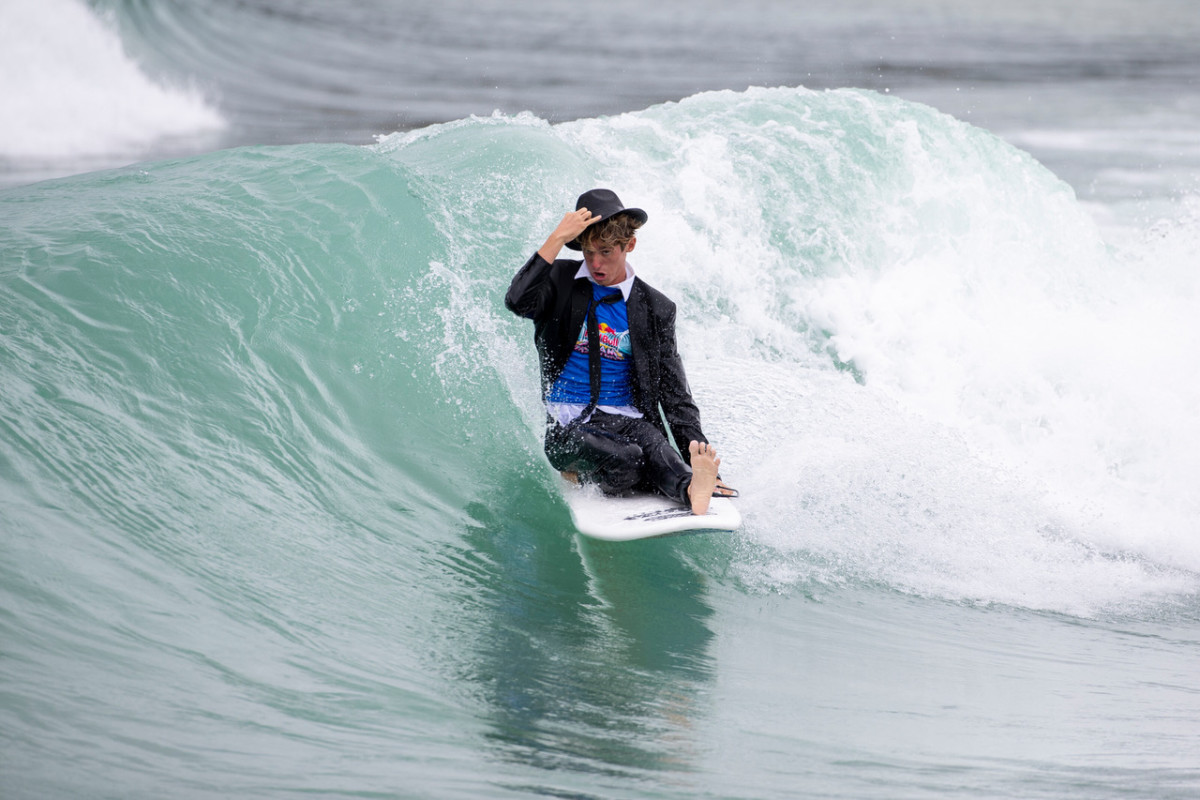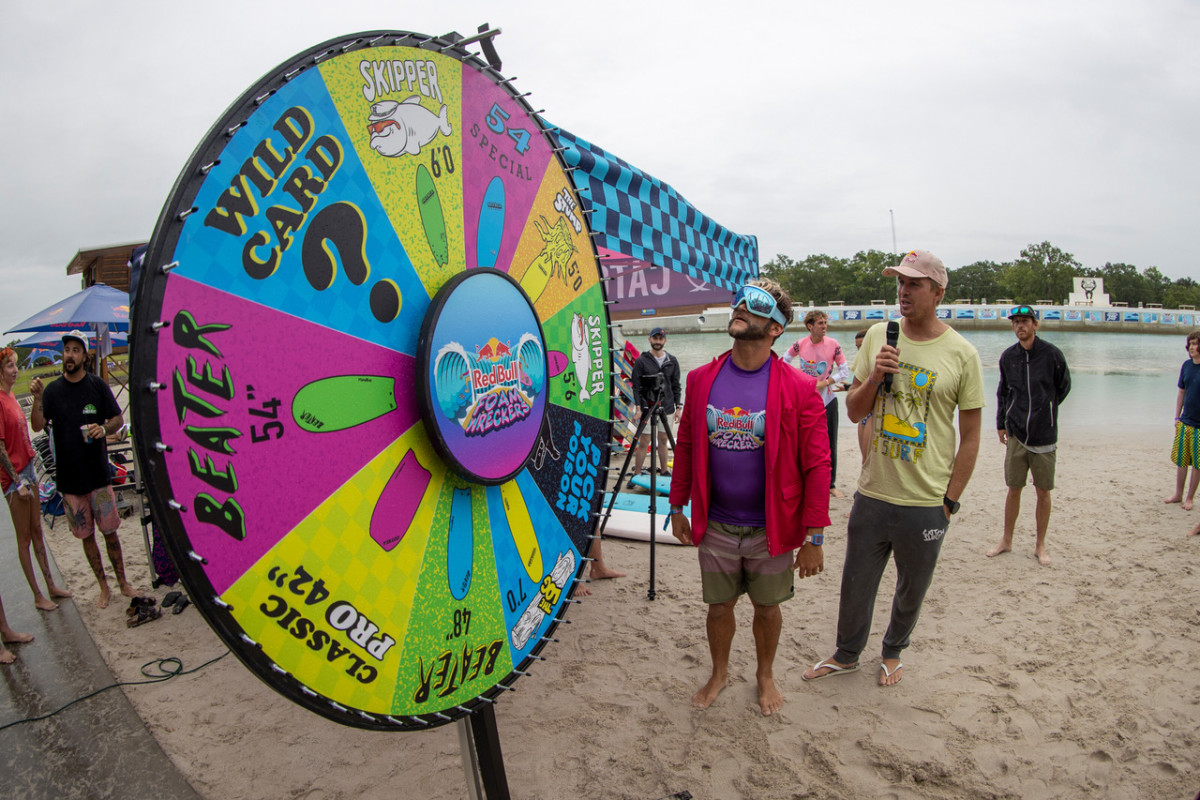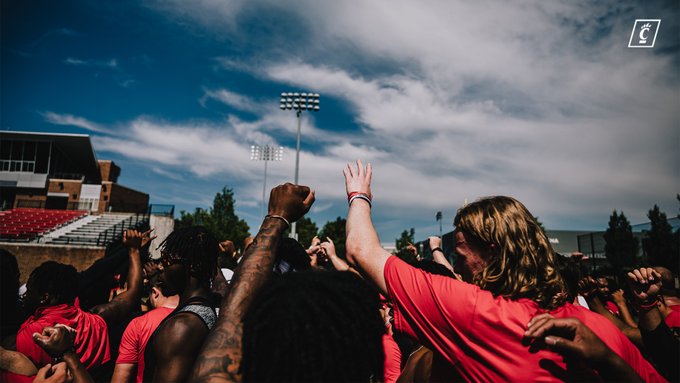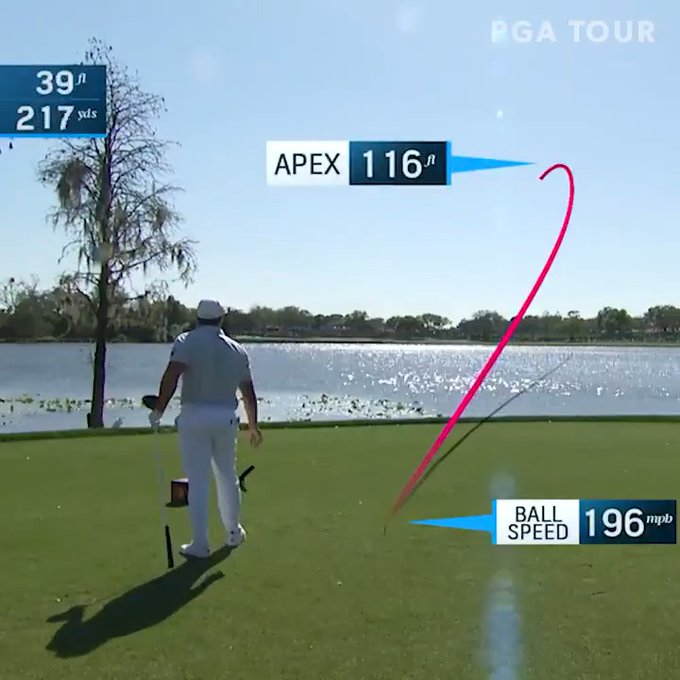Few quarterbacks have made an impact on a professional sports team like Drew Brees made on the New Orleans Saints. Over the course of his illustrious 15 years playing for the organization, he shattered a slew of NFL records, was selected to the Pro Bowl a dozen times, and led them to victory in Super Bowl XLIV. But despite the time in, it wasn’t a question of ability when it came to his decision to retire, it was a question to his three boys.
“I had asked them the year before if I should hang up the jersey, and they said I should keep playing,” says Brees. And so he did, leading his team to the divisional playoffs, where they lost a hard-fought battle to the Tampa Bay Buccaneers at the Superdome. “I asked them again after that season, and they were ready to have me home more often.”
These days Brees still spends plenty of time out on a field, but instead of sprinting on turf, he’s mountain biking over hills or throwing soft toss with the kids. Men’s Journal caught up with Brees to talk all things recovery, his secrets to success, and his historic run in the NFL.
Men’s Journal: How old were you when you thought I want to play in the NFL?
Drew Brees: I was somewhere around 10 years old, and I said I wanted to be one of the first people to play three different professional sports: football, basketball, and baseball. I was obsessed with all of them. Going into high school, baseball was No.1, basketball was second, and football was last. But I grew up in Texas—and when you grow up in Texas, you play football. I had family that coached football too, so I stuck with it and ended up getting a scholarship to go play for Purdue University, which was one of two schools that reached out. I was still a baseball nut at that point, and I thought that perhaps I’d be able to walk on the team, but they kept bringing in guys to try to take my quarterbacking job on the football side, so I had to keep showing up at spring training to defend my position.
I guess it wasn’t until my junior year, when we were coming off a really successful season, and a newspaper writer asked what were the chances I was going to leave school early. I realized he was talking about going to the NFL, and that was the first time the notion even entered my head. Kind of crazy that it wasn’t where my energy was focused, yet it was the path that God chose for me.
The drafting process seems like a surreal one from an outsider’s perspective. What was the experience like for you?
First off, it’s just an honor to be drafted. The idea it would ever be an actual reality for me was pretty farfetched. The actual draft is a crazy process. You have your pro days and these workouts on the combine. You have all of these coaches who are interviewing and analyzing you. It’s hard not to imagine every move you make is being watched. That’s all being measured, calculated, and discussed—and that it’ll ultimately impact your future.
It’s a stressful environment. You’re a bunch of competitors being pitted against each other, and it’s hard not to make your top priority being selected as high in the draft as possible. In your mind, that’s how your value is gauged, and you want to be highly valuable. All you think about is how you can get that highest spot. What I realized later, was that it’s much more important as a quarterback to end up in the right situation. It doesn’t matter when you were drafted, or what pick you were. It’s much more important to be with the right team—with the right culture and the right coach.
How’s your training evolved from those early days in the NFL to where you are now?
Starting with my time at Purdue University, it was all Olympics-based training. Lots of squats, power cleans, and bench press—exercises we believed would make us better, faster, and stronger. These days we’ve become much smarter in the way we train, but more importantly in the way we recover. I think recovery is the biggest difference between how player wellness has looked over the past five years. How do we help players get the maximum benefit from the work they’re putting in the gym?
During the later part of my career, I spent a lot more time thinking about recovery than I did about the training itself. I spent as much time doing Pilates as I did in the gym. Why? Because it focuses on breathing, lengthening, rotational work, and core work. For me as a quarterback, who’s also fighting the aging process, I wanted to do everything I could to maintain flexibility and joint integrity. I believe flexibility plus strength is where you find power. That’s where my head was as far as giving myself everything I needed to throw the football. How could I generate as much power as possible? Stretching became a huge part of my process as well, practitioner-led stretching, especially following a workout. Since you’re spending so much time contracting muscles in the weight room, it’s necessary to put equal time into that lengthening-back-out process.
Did you train for specific plays you ran in a game?
There were three or four times a season where we’d be on the one-yard line, try a few run plays, and get stuffed over and over again. You’re so close and you really need that touchdown. The last thing you want to do is kick a field goal within the 10-yard line. I’d go to the sideline and tell Coach [Sean] Payton that I could get it. That’s when he’d give me the nod and tell me, ‘Go get it.’
I’d dress up the offense and make it look like something it wasn’t, try to distract the interior linebackers, then jump over the top. There’s a technique to jumping over the top, an explosive element that’s key. You have to get up and over the line, extend out, and pull it back before you get drilled. There’s nobody to block that next group of guys going in hard after you.
On the Mondays after a game I’d do a really big workout. I’d always do box jumps and think to myself, ‘This is me jumping over the goal line.’ That was pushing me on as I did those box jumps, because I knew I’d be asked to go for it a few times each season, and I better be able to do it.
How does your training look today?
I like setting goals. That’s the one thing I’ve struggled with, finding something that’ll be my competitive release. As far as training goes, having a purpose or a goal in mind really helps you stay on top of your fitness. I think that’s going to be important for me, finding that next test to train for. If you don’t use it, you lose it.
That’s key for maintaining flexibility too. That’s why stretching is going to remain an active element of my regime in retirement, and why I partnered with Stretch Zone [a company focused on practitioner-assisted stretching], because I believe it’s a methodology not talked about or paid enough attention to.
If I were going into a football season right now, my training would be very specific to being a quarterback—lots of time in the field doing drills and throwing. Because there isn’t a season I’m preparing for, I don’t have to be that targeted. I can just cross-train. do a little bit of everything. The other day I did an hour-and-a-half mountain bike ride. I went to the beach and rode in the sand, had the legs burning, then went into the hills. It was a great way to get it in.
The day before that I was swimming, doing laps, and the day before that I went on a long hike with my wife. I’ll still drop into the weight room from time to time to do some high-intensity routines. I’ll jump on the rower, and I have a speed bag. There’s always the occasional game of pickle ball. As I’m speaking with you right now, I’m pitching soft toss to my 8-year-old son.
You’ve set so many records. Is there one that’s particularly special to you?
One that stands out in particular is the night we broke the all-time touchdown mark. It was a Monday night football game against the Colts back in 2019, at home in New Orleans. I finished the game with 29 completions out of 30 throws, and I am actually still upset with myself, because the one incompletion was the easiest throw of the night.
My feet just got a little out of wack so I was off balance when I threw the little outlet pass to the running back. I ended up throwing it right at his feet, and I’m still pissed about that to this day. But it was just one of those games where the defense was throwing a lot at us, and with every snap I just read it right and knew what to do. I knew where the ball was going and where it needed to be placed. I’d visualized that a thousand times, then to have it happen just like I visualized. That’s pretty cool.
I guess when you play 20 years, the stats add up. Each season lives on its own for me. I like the records that span over the course of many years, because there are a lot of people who share in those. When you think about a touchdown record it’s hard not to think about all those guys who caught those touchdowns, or all those guys who blocked for those touchdowns.
Fans loved watching you play, and that final game was clearly an emotional one. Do you know when you’ll make it back into the Superdome?
I have to see how things play out with my NBC gig. They’re doing a lot of renovations to it now, so it’ll probably look a bit different than I remember. I haven’t been back to the stadium since that last game, but I’m looking forward to going back. I’d love to take the kids. I’m always going to be a Saint. As the years go by, the faces may change, but there’s an amazing group of people there now, that plan on being there for a while. I’ll always try to put myself in a position where I can help those guys and the organization.
On that note, what does success mean to you?
There are the measurables you can take into account, like winning a championship. But it goes much deeper than that, because you might achieve something on paper, but how do you feel about it? Did the process make you happy? Or was it satisfying? One of the beliefs that was impressed onto me by my mentors was if you focus on the process, the results will be taken care of. In football, you’re working for a week to play three hours. The truth is we live in a results-driven society, and as I think more about how I’m parenting my kids. I tell them it’s about effort, energy, and the process. I don’t care what the result is, if they get all of that right.
For access to exclusive gear videos, celebrity interviews, and more, subscribe on YouTube!
Source





















